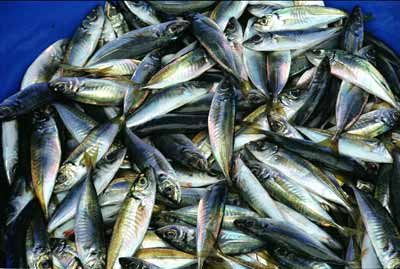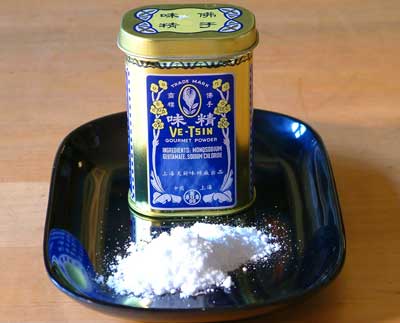Greencracked brittlegill. A variety of wild mushroom which, as its name implies, is a sort of olive green with darker green markings and with creamy brittle gills. Most brittlegills resemble other ones that are inedible and some will cause gastric problems. You can normally detect what type it is by the flavour. A tiny tasting will immediately reveal whether or not it is edible, but it is worth spitting it out immediately if you detect a bitter taste.
Something steamed or deep-fried. In restaurant-style kaiseki, courses are served on lacquered trays without legs and are enjoyed one at a time. The menu generally consists of a sakizuki (appetiser), a suimono (clear soup), a mukozuke (usually slices of raw fish), a kuchigawari (palette refresher), a yakimono (something grilled), a nimono (something boiled or simmered), an aizakana (something steamed or deep-fried), a sunomono (something vinegared) and a tomewan (final dish). On the simplest level a kaiseki course consists of one soup and three side dishes (rice and pickles are included but are not numbered among the dishes).

Scad, jack or horse mackerel, likely to be around 15 cm (6") long. The tough part near the tail must be removed before cooking. Fish which have a firm tail section and bright eyes are the ones to select. They are at their best from spring to autumn (US: fall) and are used for sashimi or sushi and may also be grilled, simmered or deep-fried, or just filleted and marinated in vinegar. Aji also means flavour.

Monosodium glutamate. This is used as a flavour enhancer in Chinese and Japanese cookery but should be used sparingly. In Chinese markets it may be called mei jiung. (this is actually a brand name in Japan, the headquarters : http://upload.wikimedia.org/wikipedia/ja/thumb/0/0f/AJINOMOTO_Co.jpg/800px-AJINOMOTO_Co.jpg.